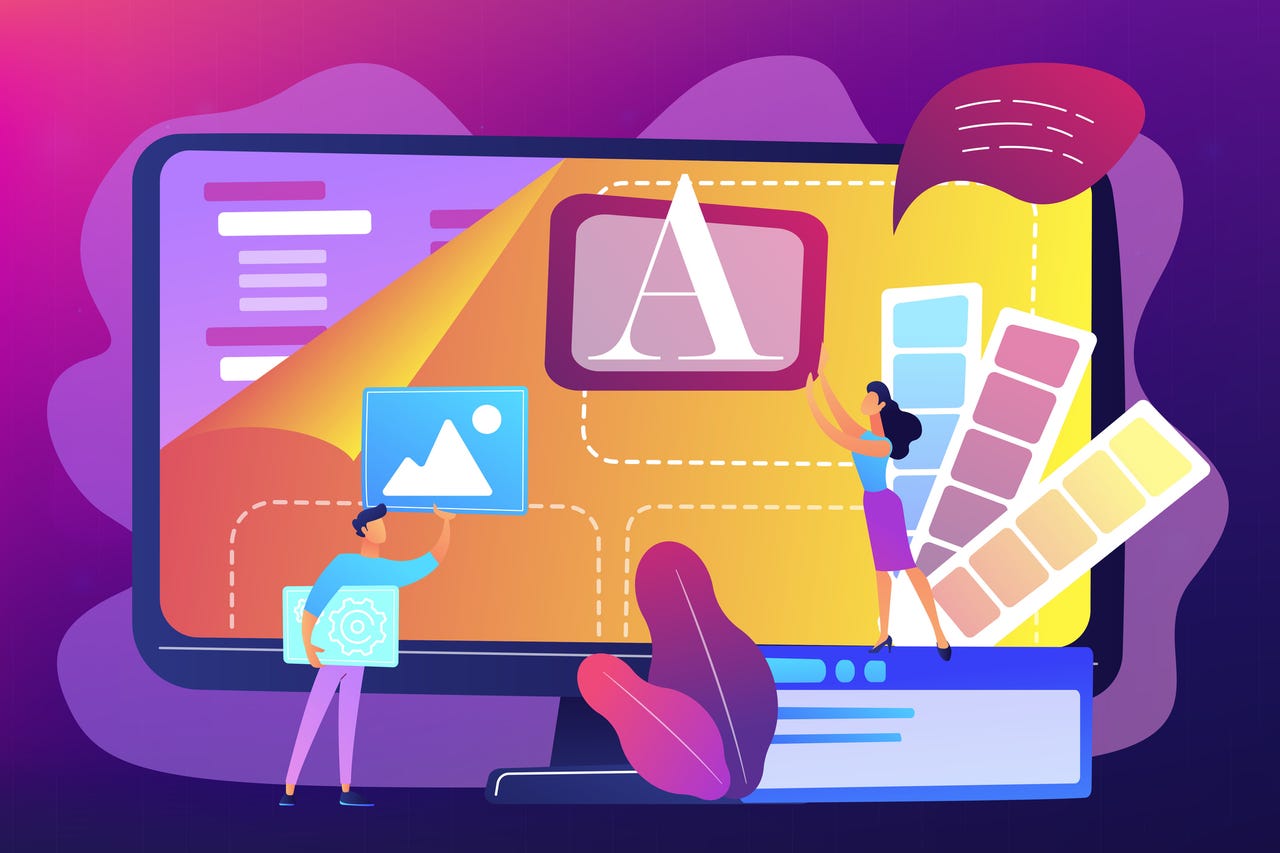Low-code and no-code: Meant for citizen developers, but embraced by IT


Low-code and no-code software development tools and platforms, increasingly super-charged with artificial intelligence, are helping to offload IT department workloads. Business end-users are creating their own apps, within guardrails and monitoring by IT. Interestingly, it appears that the most enthusiastic users of low and no-code tools may be IT professionals themselves.
For starters, it means a lot more development work can get done. IT professionals have more on their plates than they can handle -- from supporting their organizations' digital initiatives to AI development, not to mention security and compliance -- all within the restraints of tight budgets or even staff layoffs.
Also: 'The world is running out of developers', says Salesforce exec
"Low-code and no-code tools are a way to mitigate talent shortages because they allow companies to build software systems without the need for large teams of developers," says Amitha Pulijala, vice president of product, cloud platform services, CX, API, and AI at Vonage. "These tools also expand the overall population of people within an organization -- from early-stage developer to senior developer -- that are able to build these systems."
This builds an entirely new workforce of adjunct developers, and calls for "ushering in a class of citizen developers to create simple apps as a starting point to combat the developer shortage," agrees Stanley Huang, co-founder and CTO at Moxo.
Citizen developers employing low code and no code "have the potential to be the talent shortage's saving grace," Huang says. "Alongside the booming of low-code and no-code platforms and citizen developers, IT departments have been freed up from a resource perspective, allowing them to evolve beyond cost centers and into more proactive implementers of technology, overseeing policy, compliance and identifying new business opportunities and streams of revenue."
Also: Generative AI may help make 'low-code' more 'no-code' - with important caveats
A survey of IT professionals by AirSlate found that 41% of tech teams "feel they're spending too much time on manual administrative tasks," reports Shawn Herring, CMO of AirSlate. "Instead of over-hiring, low-code and no-code, offer an organization agility to navigate the ebbs and flows of demand and simultaneously give time back to employees to spend on more value-add tasks."
Low and no-code continue to gain popularity because organizations "are realizing that these tools are not just for early-stage or beginner citizen developers but also for sophisticated, senior developers to save them valuable time and effort," says Pulijala. "Low-code/no-code helps, whether it's addressing talent shortages or freeing up other developers' time. With low-code/no-code solutions, a junior product manager can build a basic prototype, freeing up more senior engineers to focus on customized, higher code solutions. In addition to mitigating talent shortages, low-code/no-code tools improve business agility and contribute to cost savings since it significantly reduces hiring costs and application maintenance costs."
Applications best suited for low and no-code development include "public-facing websites, basic online marketplaces, mobile applications, virtual assistants, voice agents and chatbots," Pulijala illustrates. "While no-code solutions are built from the point-of-view of a non-developer user, they will at times still require professional IT intervention. Enterprise applications can be complex and outages can happen, requiring IT to step in to triage and get things running again."
Also: Everyone loves low-code/no-code development, but not all are ready for it
Still, it's important to note that the sweet spot for low-code and no-code tools is for tech-savvy business users seeking to "automate processes that are data dense, which often have complex business logic, but are light on systems load and don't require much user interactivity," says Michael Allen, CTO at Laserfiche. "Apps built using low-code, no-code tools typically have low throughput and latency requirements and don't require much beyond a simple web form or a mobile app for a user interface. These power users "combine deep domain knowledge with technical skills."
This type of user "is able to define data models for their domain and to break down complex processes into discrete steps, but typically lack formal training in programming or computer science," Allen continues. "The advantage they have over traditional software developers is their intimate knowledge of the problem domain. Their motivation is to provide their customers or users with better service, delivered more efficiently."